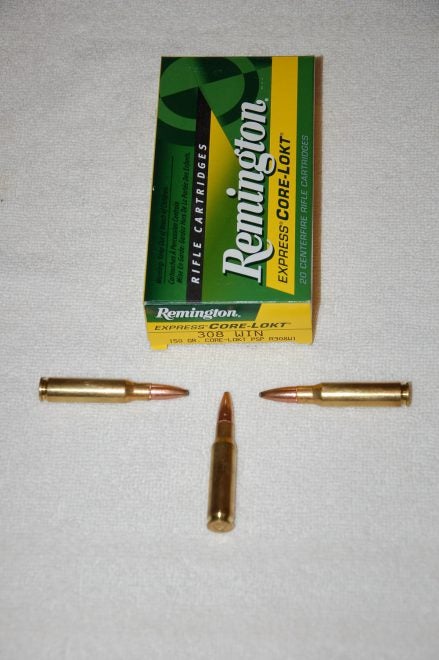Secant Ogive
Dr. John Woods 10.28.16

Okay guys, it’s time for science class. Secant ogive is what? And why should you care? Well, unless you reload and select your own bullets for various applications for hunting or target shooting, then you probably should not care or be the least bothered. However, if you are even the least bit interested in how bullets work the way they do, then secant ogive is something you should understand and appreciate.
Think of bullets this way. Simply put they are a rocket with a nose cone. The precise design, engineering, and the aerodynamics of that body is meant to travel through the atmospheric medium (that means the air for the laymen) with the least amount of drag and friction as possible.
If you really want a headache, you should look this term up on Wikipedia just to see the math equations related to the design of bullets and other coned devices. I never did like algebra, so these calculations will buzz your mind. But it is interesting to look at and know that some engineers actually get off on such stuff.
Anyway, there several different types of cone designs, including the conical, bi-conic, tangent ogive, spherically blunted tangent ogive, secant ogive, elliptical, parabolic, and the Haack series.
All of these cone designs were created to apply different kinds of flight characteristics to various types of cone shaped projectiles, not all of which are weapons bullets.
When you wrap all of these cone design concepts together in relation to a firearm bullet, the sum is really known as the ballistic coefficient. This is a factor that mathematically describes how slick that bullet flies through the air. The higher the BC factor, the better the flight time ballistics in terms of flight characteristics that bullet is.
What this means to the hunter and shooter is that as you choose a specific type of factory ammunition or you reload your own, if you are that picky, then you can pick bullets with the best BC factor in that load. This means generally that the bullet will travel further and flatter, all else being equal. It really doesn’t speak to the killing ability of a specific bullet as that is determined by other factors, including the bullet’s expansion and core bullet design.
So, shooters, don’t get wrapped up in the science of a secant ogive, but you might want to study the BC factor of the bullets you are choosing to use or reload for a specific shooting task.